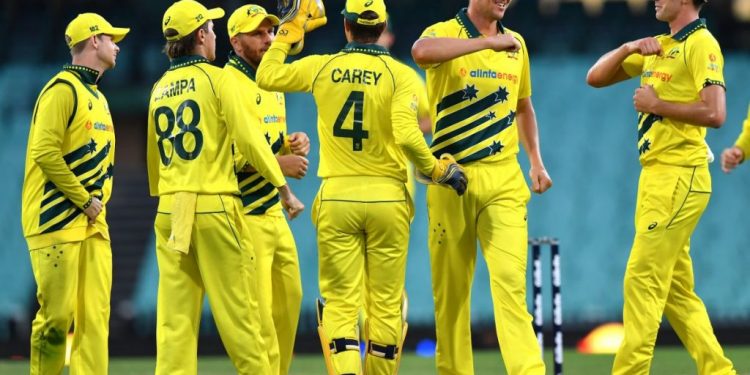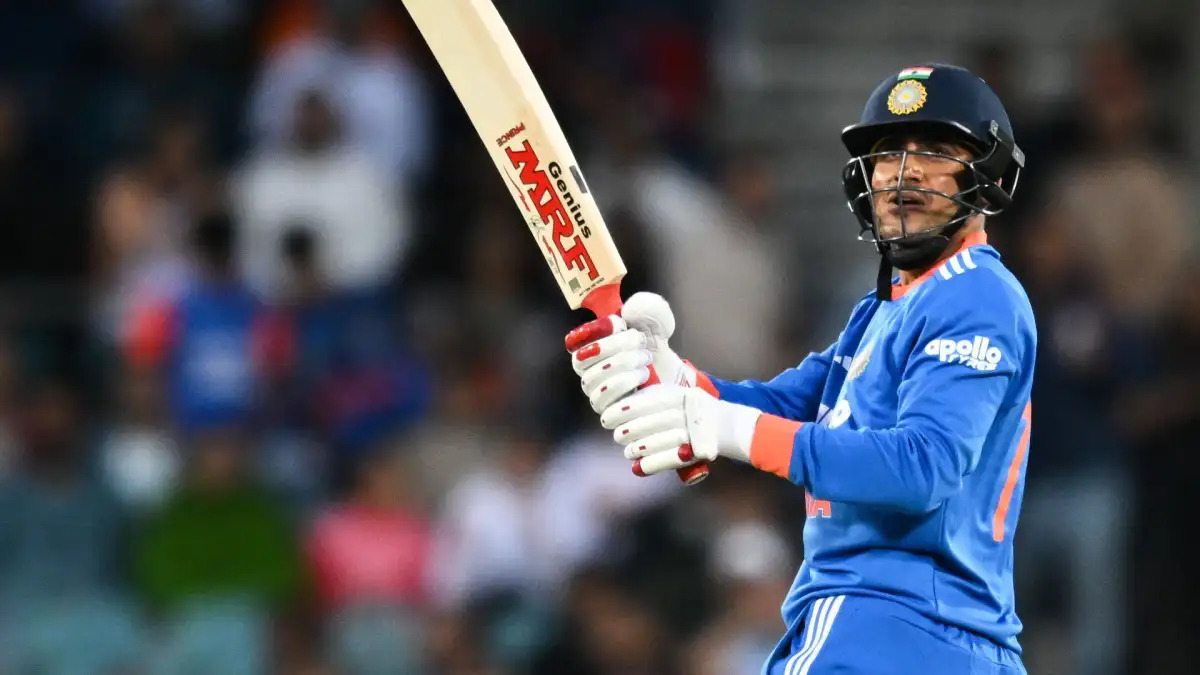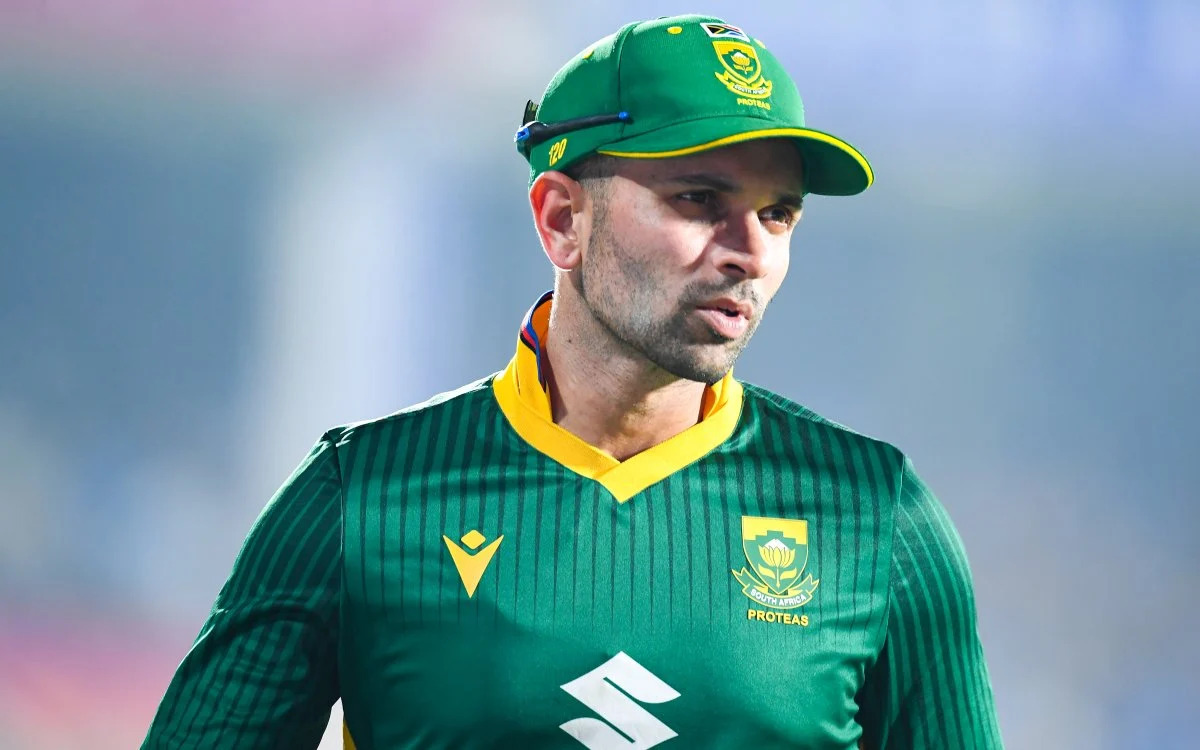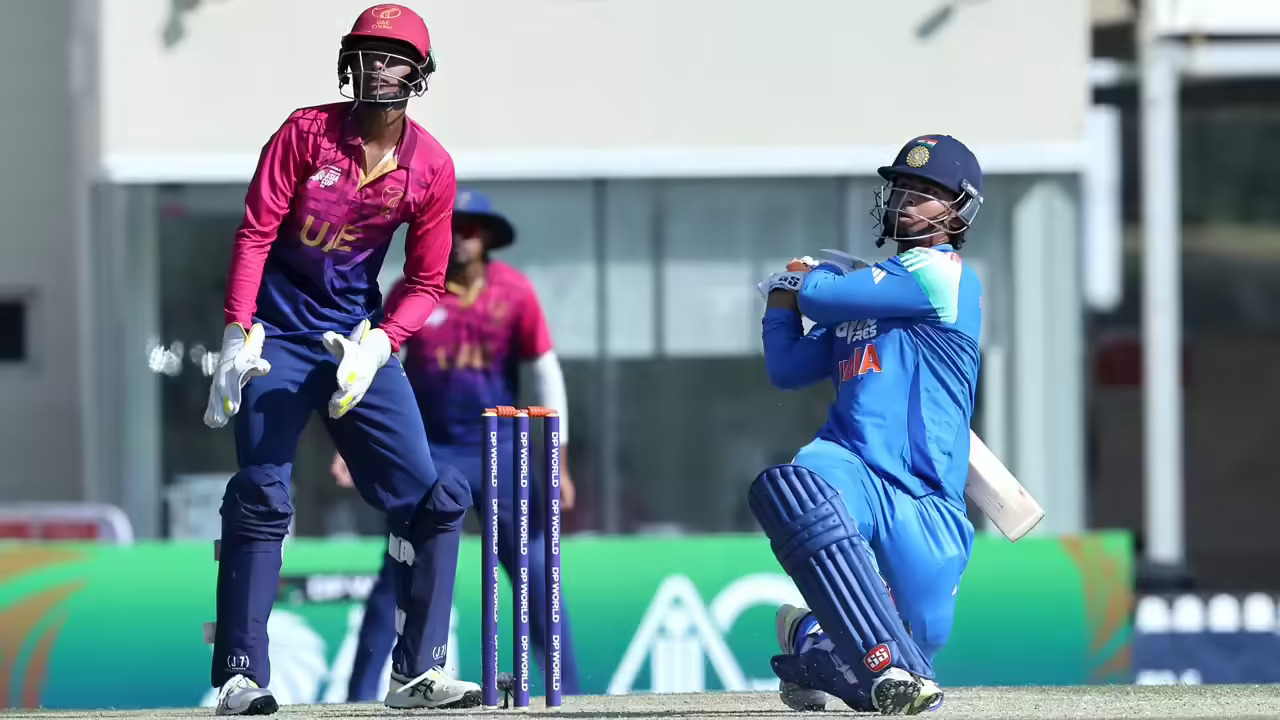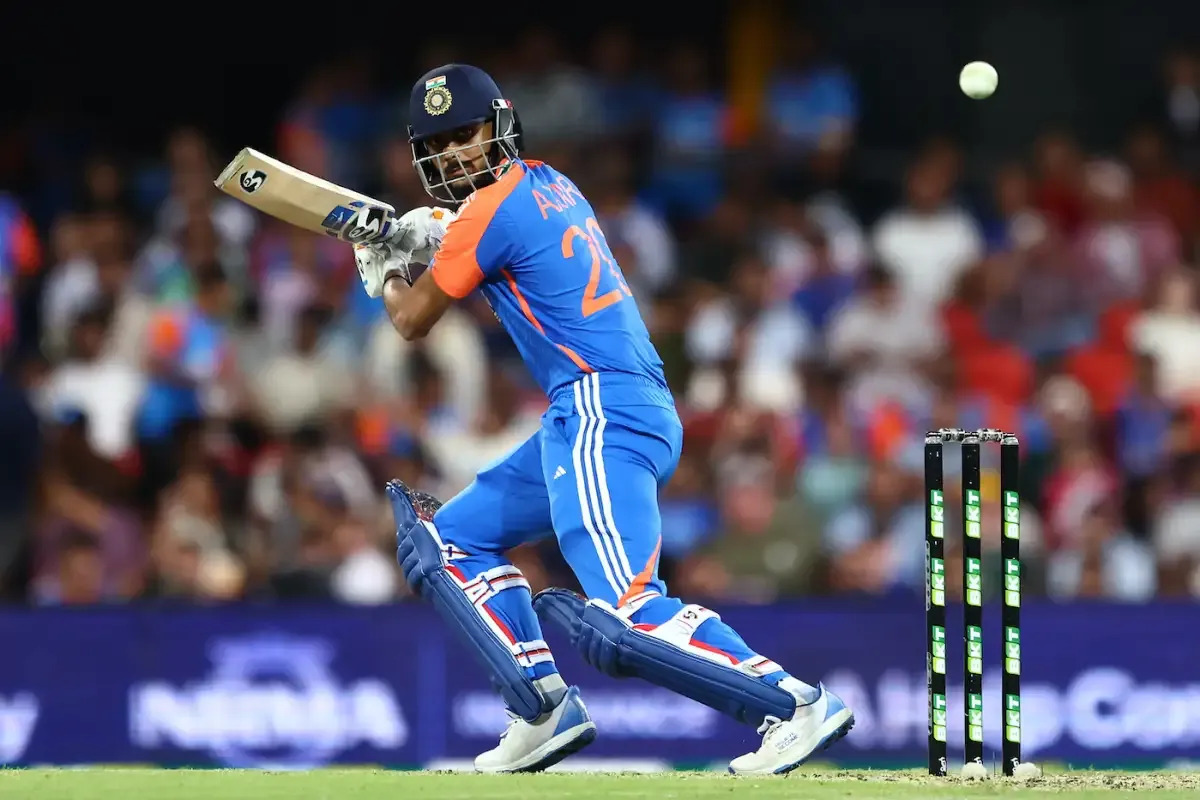In spite of earning $42.5 million from hosting the 2022 T20 World Cup, Cricket Australia revealed a $16.9 million deficit in the fiscal year 2022–2023. Even with record attendance—92,000 people attended the India-Pakistan match at the MCG, for example—the board suffered a financial loss.
Perth Stadium held the BBL final between the Perth Scorchers and Brisbane Heat, which drew an attendance of 53,866 spectators. The fact that there was not an Ashes year meant that the board had budgeted for a financial deficit. They also signed a new seven-year deal with Disney Star for Indian broadcasting rights, and a huge seven-year, $1.512 billion media rights arrangement with Foxtel Group and Seven West Media for the transmission of Australian cricket from 2024 to 2031.
With 532,000 viewers on average per match after Covid, the BBL reclaimed its title as Australia’s highest watched sports league on a per-game linear TV basis. During this period, the Australian women’s team won the 50-over World Cup and earned a gold medal in the Commonwealth Games. A five-year Memorandum of Understanding was also inked by them, increasing their revenue share from $80 million to $133 million.
Cricket Australia offers a breakdown of their costs.
The number of participants in the Woolworths Cricket Blast increased significantly by 24%, from 56,464 to 69,879. Remarkably, over 25,000 females between the ages of 5 and 12 signed up to play cricket. More broadly, community cricket involvement increased from 598,931 to 627,693, almost back to pre-COVID levels. When commenting on the proceedings, Cricket Australia emphasized the increases in player salaries and BBL investments.
“As a result of the T20 World Cup’s better-than-expected performance, the player revenue share and the States and Territories’ share of the upside have increased, with financing reaching an all-time high of $120 million from $7 million. According to an announcement from Cricket Australia, “Total expenses, excluding player payments, increased by 5% reflecting full program delivery, higher travel costs post-Covid, and investments in the Big Bash League and the new grassroots cricket system.”
